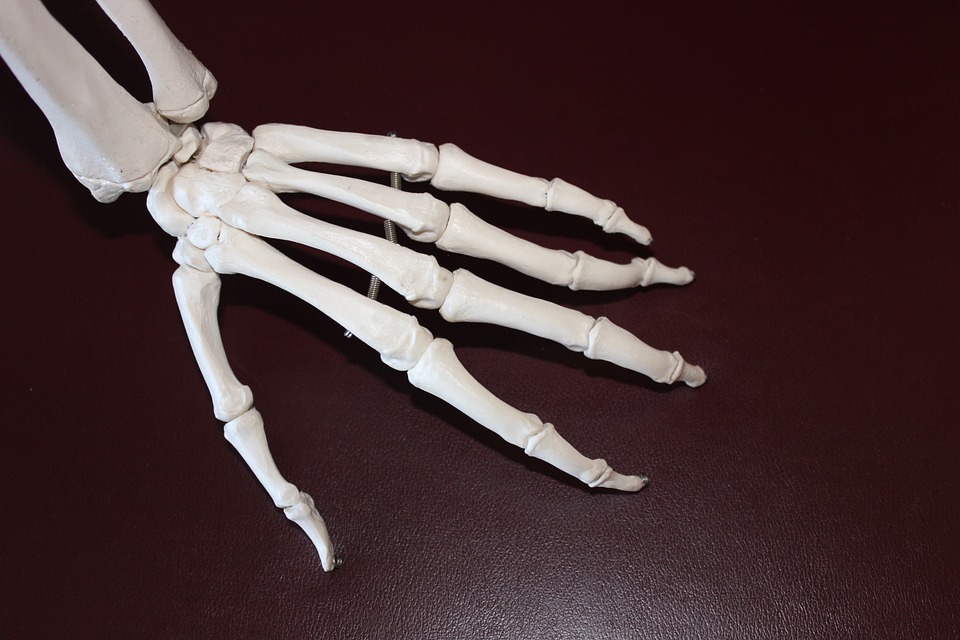
Living with arthritis isn’t easy and carrying out simple, everyday tasks can often be painful and difficult.
However, there are many things you can do to make sure you live a healthy lifestyle. A range of services and benefits are also available.
Work
Many people with arthritis want to continue working for many reasons, including better financial security and higher self-esteem.
Improved treatment approaches have helped ensure that many people who are diagnosed with arthritis can return to work. This is particularly the case if arthritis is diagnosed and treated at an early stage.
You may find work challenging, but your employer should help you with the training and support you need.
Help is also available if your arthritis is so severe that you’re unable to work. Find out more about the Personal Independence Payment(formerly known as the Disability Living Allowance).
Arthritis Care has more useful information about working with arthritis.
Healthy eating
It’s very important to eat a healthy, balanced diet if you have arthritis. Eating healthily will give you all the nutrients you need and help you maintain a healthy weight.
Your diet should consist of a variety of foods from all five food groups. These are:
starchy foods – such as bread, rice, potatoes and pasta
foods containing fat and sugar
Read more about how to have a healthy, balanced diet.
If you’re overweight, losing weight can really help you cope with arthritis. Too much weight places excess pressure on the joints in your hips, knees, ankles and feet, leading to increased pain and mobility problems.
Read more about how you can lose weight using the weight loss guide.
Exercise
If your arthritis is painful, you may not feel like exercising. However, being active can help reduce and prevent pain. Regular exercise can also:
improve your range of movement and joint mobility
increase muscle strength
reduce stiffness
boost your energy
As long as you do the right type and level of exercise for your condition, your arthritis won’t get any worse. Combined with a healthy, balanced diet (see above), regular exercise will help you lose weight and place less strain on your joints.
Your GP can advise about the type and level of exercise that’s right for you. You can also download useful free booklets from Arthritis Careand Arthritis Research UK, including:
Joint care
If you have arthritis, it’s important to look after your joints so there’s no further damage. For example, try to reduce the stress on your joints while carrying out everyday tasks like moving and lifting.
Some tips for protecting your joints, particularly if you have arthritis, include:
use larger, stronger joints as levers – for example, take the pressure of opening a heavy door on your shoulder rather than on your hand
use several joints to spread the weight of an object – for example, use both hands to carry your shopping or distribute the weight evenly in a shoulder bag or rucksack
don’t grip too tightly – grip as loosely as possible or use a padded handle to widen your grip
The Arthritis Care website has more information and advice about taking care of your joints.
It’s also important to avoid sitting in the same position for long periods of time and to take regular breaks so you can move around.
Read more about good posture and how to sit correctly.
At home
If you have arthritis, carrying out tasks around the home can be a challenge. However, making some practical changes to your home and changing the way you work should make things easier.
Practical tips that could help include:
keeping things in easy reach
using a hand rail to help you get up and down the stairs
using long-handled tools to pick things up or to clean
fitting levers to taps to make them easier to turn
using electric kitchen equipment, such as tin openers, when preparing food
You can find more useful information and advice about living independently at home on Arthritis Care.
Occupational therapy
An occupational therapist can help if you have severe arthritis that’s affecting your ability to move around your home and carry out everyday tasks, such as cooking and cleaning.
They can advise about equipment you may need to help you live independently.
Depending on the exact nature of your condition, your GP may be able to refer you to an NHS occupational therapist. However, you may need to access this type of therapy through your local council.
Find your local council on GOV.UK.
Read more about occupational therapy.
Does acupuncture help?
Some people with osteoarthritis say that acupuncture has helped relieve their symptoms.
However, if you wish to try it, bear in mind that any benefits of acupuncture are likely to be the result of expectation or the placebo effect.
Read more about the placebo effect.
The lack of evidence for the effectiveness of acupuncture is why the National Institute for Health and Care Excellence (NICE) doesn’t recommend it for treating osteoarthritis.
Arthritis and driving
You only need to inform the DVLA if you have arthritis and use special controls for driving.
GOV.UK has more information and advice about telling the DVLA about a medical condition or disability.